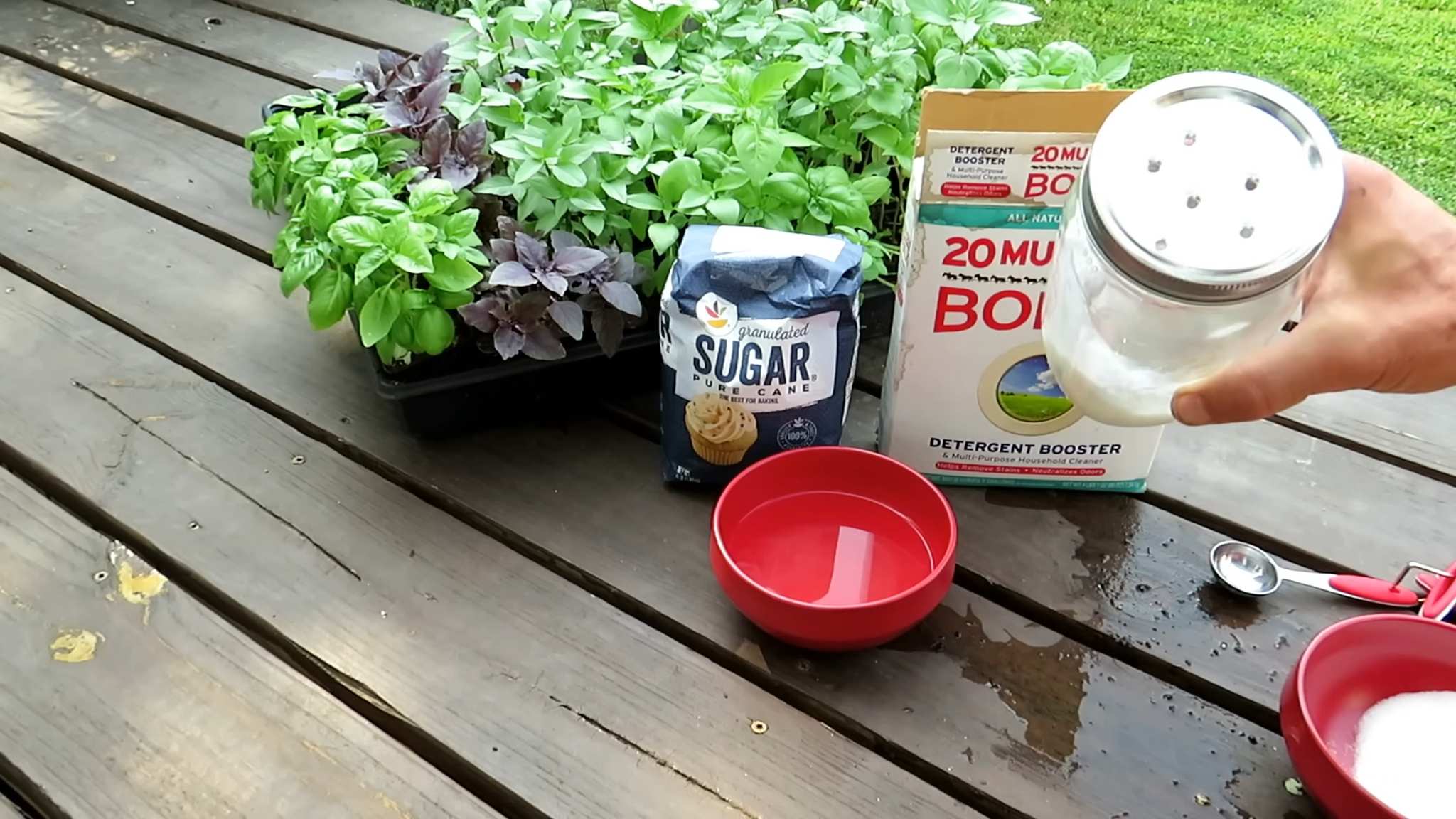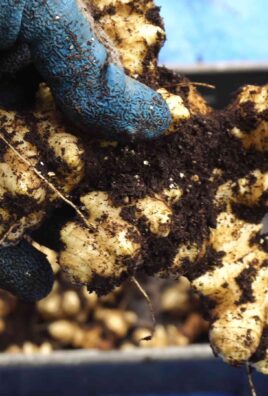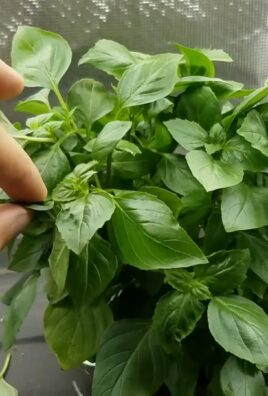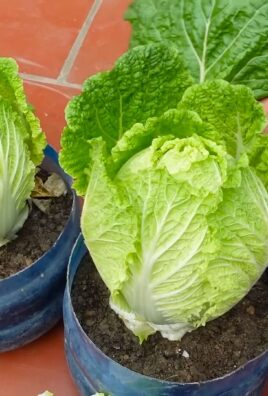DIY Ant Killer: Are ants turning your peaceful home and garden into their personal playground? I know the feeling! It’s incredibly frustrating to see those tiny invaders marching across your countertops and swarming your precious plants. But before you reach for harsh chemicals, let’s explore a safer, more natural solution.
For centuries, people have been battling ants using ingenious homemade remedies. From ancient civilizations utilizing natural repellents to modern-day gardeners sharing their best-kept secrets, the quest for effective ant control has a rich history. And guess what? You don’t need a degree in entomology to win this battle!
In this article, I’m going to share some simple yet powerful DIY ant killer recipes that you can whip up using ingredients you probably already have in your kitchen. These aren’t just quick fixes; they’re sustainable solutions that are gentle on the environment and safe for your family and pets. Say goodbye to toxic sprays and hello to a thriving, ant-free home and garden! Let’s get started and reclaim your space from those pesky little critters!

DIY Ant Killer: Safe, Effective, and Budget-Friendly!
Hey there, fellow homeowners! Are you tired of those tiny invaders marching across your kitchen counters? I know I was! Store-bought ant killers can be expensive and often contain harsh chemicals that I’d rather not have around my family and pets. So, I decided to take matters into my own hands and create my own DIY ant killer. And guess what? It works like a charm! I’m going to share my favorite recipes and methods with you, so you can say goodbye to those pesky ants without breaking the bank or compromising your family’s safety.
Understanding Ant Behavior: Why This Works
Before we dive into the recipes, it’s helpful to understand why these DIY solutions are so effective. Ants are attracted to sugary substances, which they carry back to their colony to feed the other ants, including the queen. Borax, a common household cleaning product, is the key ingredient in most of these recipes. While it’s not highly toxic to humans and pets in small quantities, it’s deadly to ants. When they ingest the borax-laced bait, it disrupts their digestive system, eventually leading to their demise. The beauty of this method is that the ants carry the borax back to the colony, effectively eliminating the entire nest.
Recipe 1: Borax and Sugar Water Ant Bait
This is my go-to recipe because it’s simple, effective, and uses ingredients I usually have on hand.
What You’ll Need:
* 1/2 cup granulated sugar
* 1.5 tablespoons borax (I use 20 Mule Team Borax)
* 1 1/2 cups warm water
* Cotton balls
* Small, shallow containers (bottle caps, jar lids, or small plastic containers work great)
Step-by-Step Instructions:
1. Mix the Ingredients: In a bowl, dissolve the sugar and borax in the warm water. Stir well until everything is completely dissolved. Make sure there are no granules of borax left undissolved.
2. Soak the Cotton Balls: Dip the cotton balls into the sugar-borax solution, ensuring they are thoroughly saturated. You want them to be nice and juicy!
3. Place the Baits: Place the soaked cotton balls in the small, shallow containers. This prevents the solution from drying out too quickly and makes it easier for the ants to access.
4. Position the Baits Strategically: Now comes the crucial part: placement. Identify where you’re seeing the ants. Common spots include near sinks, under appliances, along baseboards, and near cracks or crevices. Place the containers with the cotton balls as close as possible to these ant trails.
5. Monitor and Replenish: Check the baits regularly. You should see ants swarming the cotton balls. Don’t be alarmed! This means it’s working. As the ants consume the solution, the cotton balls will dry out. Replenish them with fresh solution as needed.
6. Be Patient: It may take a few days or even a week to see a significant reduction in the ant population. The ants need time to carry the borax back to the colony. Avoid spraying or disturbing the ants during this time, as this will disrupt their foraging behavior.
7. Clean Up: Once you no longer see ants visiting the baits, remove them and clean the area thoroughly. This will remove any lingering scent trails that might attract more ants.
Recipe 2: Borax and Honey Ant Bait
If the sugar water isn’t doing the trick, try this recipe using honey. Some ants prefer honey over sugar.
What You’ll Need:
* 1 tablespoon honey
* 1/2 tablespoon borax
* 1/4 cup warm water
* Small containers (like the ones mentioned above)
Step-by-Step Instructions:
1. Mix the Ingredients: In a small bowl, mix the honey, borax, and warm water until well combined. The mixture should be a thick syrup consistency.
2. Fill the Containers: Pour the honey-borax mixture into the small containers.
3. Place the Baits: Place the containers near ant trails and entry points, just like with the sugar water bait.
4. Monitor and Replenish: Check the baits regularly and replenish as needed.
5. Be Patient: Again, patience is key. It may take some time to see results.
6. Clean Up: Once the ants are gone, remove the baits and clean the area.
Recipe 3: Borax and Peanut Butter Ant Bait
This recipe is particularly effective for ants that are attracted to protein or fats.
What You’ll Need:
* 1 tablespoon peanut butter (smooth or creamy works best)
* 1/2 tablespoon borax
* Small containers
Step-by-Step Instructions:
1. Mix the Ingredients: In a small bowl, thoroughly mix the peanut butter and borax. It’s important to get a consistent mixture.
2. Place Small Amounts in Containers: Place small dabs of the peanut butter-borax mixture into the small containers. You don’t need a lot; a pea-sized amount is usually sufficient.
3. Position the Baits Strategically: Place the containers near ant trails, especially in areas where you’ve seen ants foraging for greasy or oily foods.
4. Monitor and Replenish: Check the baits regularly and replenish as needed.
5. Be Patient: This recipe may take a bit longer to work, as the ants need to carry the peanut butter back to the colony.
6. Clean Up: Once the ants are gone, remove the baits and clean the area.
Important Safety Precautions
While borax is relatively safe, it’s still important to take precautions, especially if you have children or pets.
* Keep Out of Reach: Place the ant baits in areas that are inaccessible to children and pets. Consider placing them behind appliances, under furniture, or inside cabinets.
* Label Clearly: Label the containers clearly as “Ant Bait” to prevent accidental ingestion.
* Supervise Children and Pets: If you have children or pets, supervise them closely when the ant baits are in place.
* Wash Hands: Always wash your hands thoroughly after handling borax or the ant baits.
* Avoid Direct Contact: Avoid direct contact with borax. If it gets in your eyes, flush them with water immediately.
* Store Borax Safely: Store borax in a secure location, out of reach of children and pets.
Preventing Future Ant Infestations
Once you’ve eliminated the current ant infestation, it’s important to take steps to prevent future problems.
* Seal Entry Points: Inspect your home for cracks and crevices in walls, foundations, and around windows and doors. Seal these entry points with caulk or sealant.
* Eliminate Food Sources: Ants are attracted to food, so it’s important to keep your kitchen clean. Wipe up spills immediately, store food in airtight containers, and regularly clean under appliances.
* Remove Standing Water: Ants need water to survive, so eliminate sources of standing water around your home. Fix leaky faucets and pipes, and ensure that your gutters are clean and draining properly.
* Trim Vegetation: Trim bushes and trees that are touching your house, as these can provide a bridge for ants to enter.
* Clean Up Crumbs: Regularly sweep or vacuum floors to remove crumbs and food debris.
* Take Out the Trash Regularly: Keep your trash cans clean and empty them frequently.
Troubleshooting Tips
* Ants Aren’t Attracted to the Bait: If the ants aren’t attracted to the bait, try a different recipe. Some ants prefer sugar, while others prefer protein or fats.
* Bait Dries Out Too Quickly: If the bait is drying out too quickly, try using a container with a lid or adding more water to the mixture.
* Ants Are Ignoring the Bait: If the ants are ignoring the bait, try moving it to a different location. They may be finding a better food source elsewhere.
* Ants Are Still Coming Back: If the ants are still coming back after a few weeks, it’s possible that you have multiple colonies. Continue to use the ant baits until all of the colonies are eliminated.
* Consider Diatomaceous Earth: Food Grade Diatomaceous Earth (DE) is another natural option. Sprinkle it around the perimeter of your home or in areas where you see ants. It’s made from fossilized algae and is harmless to humans and pets, but deadly to ants. It works by dehydrating their exoskeletons.
I hope these DIY ant killer recipes and tips help you get rid of those pesky ants for good! Remember to be patient, persistent, and always prioritize safety. Good luck, and happy ant-free living!

Conclusion
So, there you have it! A simple, effective, and budget-friendly way to reclaim your home from unwanted ant guests. This DIY ant killer isn’t just about saving money; it’s about taking control of your pest control with ingredients you likely already have in your pantry. Forget those harsh chemicals and questionable fumes – this method offers a safer, more natural approach to dealing with these persistent pests.
Why is this DIY trick a must-try? Because it works! The combination of sugar and borax creates a tempting treat that ants readily carry back to their colony. The borax, while not immediately lethal, disrupts their digestive system, ultimately leading to their demise. This slow-acting poison ensures that the entire colony, not just the foraging ants you see, is affected. This is crucial for long-term ant control.
But the beauty of this DIY solution lies in its adaptability. Feel free to experiment with variations to suit your specific situation and ant species.
* Sweetener Swaps: While granulated sugar is the most common choice, you can try using honey, maple syrup, or even a small amount of jam. Different ant species may be attracted to different types of sweetness.
* Borax Alternatives: If you’re concerned about using borax, although it’s generally considered safe when used responsibly, you can explore using diatomaceous earth (food grade). Sprinkle it around ant trails and entry points. However, keep in mind that diatomaceous earth works differently, acting as a desiccant that dries out the ants’ exoskeletons.
* Location, Location, Location: The placement of your ant bait stations is key. Observe where the ants are most active and place the bait nearby. You might need to experiment with different locations to find the sweet spot. Consider placing bait stations both indoors and outdoors, especially near entry points like windows and doors.
* Container Customization: Get creative with your bait containers. Shallow lids, small jars with holes punched in the lids, or even cotton balls soaked in the solution can all work effectively. The goal is to provide easy access for the ants while preventing spills and keeping the bait away from children and pets.
Remember, patience is key. It may take a few days, or even a week or two, to see a significant reduction in the ant population. Don’t be discouraged if you initially see more ants – they’re simply drawn to the bait. Keep replenishing the bait as needed, and eventually, you’ll notice a dramatic decrease in their numbers.
We wholeheartedly encourage you to give this DIY ant killer a try. It’s a simple, effective, and environmentally conscious way to tackle your ant problem. And most importantly, we want to hear about your experience! Share your results, variations, and any tips you discover in the comments below. Let’s create a community of DIY pest control experts and help each other keep our homes ant-free! Your insights could be invaluable to others struggling with the same issue. Let us know what worked best for you, what challenges you faced, and any modifications you made to the recipe. Together, we can conquer the ant invasion!
Frequently Asked Questions (FAQ)
Is this DIY ant killer safe for pets and children?
While the ingredients are generally considered safe when used responsibly, it’s crucial to take precautions to prevent accidental ingestion by pets and children. Borax can be harmful if ingested in large quantities. Always place the bait stations in areas that are inaccessible to pets and children, such as under furniture, behind appliances, or inside cabinets. Consider using bait containers with small openings that only ants can access. Regularly check the bait stations and replenish them as needed, ensuring that there are no spills or leaks. If you have concerns about the safety of borax, you can explore alternative methods like using diatomaceous earth, but remember to use the food-grade variety and follow the instructions carefully. If you suspect that a pet or child has ingested the bait, contact your veterinarian or poison control center immediately.
How long does it take for this DIY ant killer to work?
The time it takes for this DIY ant killer to work can vary depending on the size of the ant colony, the ant species, and the effectiveness of the bait placement. In general, you should start to see a noticeable reduction in the ant population within a few days to a week. However, it may take up to two weeks to completely eliminate the colony. Patience is key. Don’t be discouraged if you initially see more ants – they’re simply drawn to the bait. Keep replenishing the bait as needed, and eventually, you’ll notice a dramatic decrease in their numbers. If you don’t see any improvement after two weeks, try adjusting the bait placement or experimenting with different sweetener variations.
What if the ants aren’t attracted to the bait?
If the ants aren’t attracted to the bait, there could be several reasons. First, make sure the bait is fresh and hasn’t dried out. Ants prefer moist bait. Second, try experimenting with different sweetener variations. Some ant species are more attracted to certain types of sweetness than others. Try using honey, maple syrup, or even a small amount of jam instead of granulated sugar. Third, consider the location of the bait. Place the bait near ant trails and entry points. You might need to experiment with different locations to find the sweet spot. Finally, make sure there are no other food sources available to the ants. Clean up any spills or crumbs and store food in airtight containers.
Can I use this DIY ant killer outdoors?
Yes, you can use this DIY ant killer outdoors. However, you’ll need to take extra precautions to protect the bait from the elements and prevent it from being washed away by rain. Place the bait stations in sheltered areas, such as under rocks, logs, or potted plants. You can also use waterproof containers with small openings to protect the bait from rain. Regularly check the bait stations and replenish them as needed. Be mindful of other insects and animals that may be attracted to the bait.
What is borax, and is it safe to use?
Borax, also known as sodium borate, is a naturally occurring mineral compound that is commonly used in household cleaning products and laundry detergents. While borax is generally considered safe when used responsibly, it can be harmful if ingested in large quantities. It’s important to take precautions to prevent accidental ingestion by pets and children. Always store borax out of reach of children and pets. When using borax in your DIY ant killer, follow the instructions carefully and avoid using excessive amounts. If you have concerns about the safety of borax, you can explore alternative methods like using diatomaceous earth (food grade).
How do I identify the ant species in my home?
Identifying the ant species in your home can be helpful in determining the most effective treatment method. Different ant species have different preferences for food and nesting sites. You can try to identify the ant species by observing their size, color, and behavior. You can also use online resources or consult with a pest control professional to help you identify the ant species. Knowing the ant species can help you tailor your DIY ant killer to their specific preferences and increase its effectiveness.
What are some other natural ways to get rid of ants?
Besides the borax and sugar solution, there are several other natural ways to get rid of ants. These include:
* Vinegar: Spraying a solution of equal parts vinegar and water on ant trails can disrupt their scent trails and deter them.
* Lemon juice: Similar to vinegar, lemon juice can also disrupt ant trails.
* Peppermint oil: Ants dislike the smell of peppermint oil. Place cotton balls soaked in peppermint oil near ant entry points.
* Cinnamon: Sprinkle cinnamon powder near ant trails and entry points.
* Diatomaceous earth (food grade): Sprinkle diatomaceous earth around ant trails and entry points. It acts as a desiccant, drying out the ants’ exoskeletons.
* Boiling water: Pouring boiling water directly into ant nests can kill the ants. However, this method is not always effective and can damage your lawn or garden.
Remember that these natural methods may not be as effective as the borax and sugar solution, but they can be a good option if you’re looking for a more environmentally friendly approach.





Leave a Comment